If you want to explore beyond the bustling Spanish cities like Barcelona and Madrid, consider visiting charming villages in Spain. The country has nearly 20,000 historic villages, many untouched by modern skyscrapers. While public transportation from major cities can reach some of these spots, renting a car offers more comfort and flexibility. Just remember to obtain an international driver’s license before you start your journey.
Our website includes affiliate links. So, remember that we may receive commissions when you click our links and make purchases. Please read our legal disclaimer document for more information about our Affiliate disclaimer and other disclaimers like the Fair-Use disclaimer.
Our List of The Most Charming Villages in Spain
Here are some of Spain’s most charming secret villages; some are already famous, and others are less well-known. The best time to visit these villages is during spring and autumn when the weather is mild, and the landscapes are most picturesque.
Setenil de las Bodegas, Cadiz
Setenil, a village nestled in a limestone gorge ten miles north of Ronda, is a living testament to the unique cultural heritage of Spain. The name ‘Sete,’ derived from the Latin for seven, and ‘nil,’ meaning nothing, is believed to reference the seven times the Nasrids were coerced to leave in the 15th century. The caves, unique dwellings carved into the rock, served as perfect storage spaces for wine and the exceptional pork products the village is famous for. With their refreshing interiors, these homes stand as a testament to the village’s distinct cultural heritage, historical significance, and natural beauty. Lastly, it is also one of the most fascinating White Villages in Andalusia, and if you want to learn more about it, we recommend reading our related article.
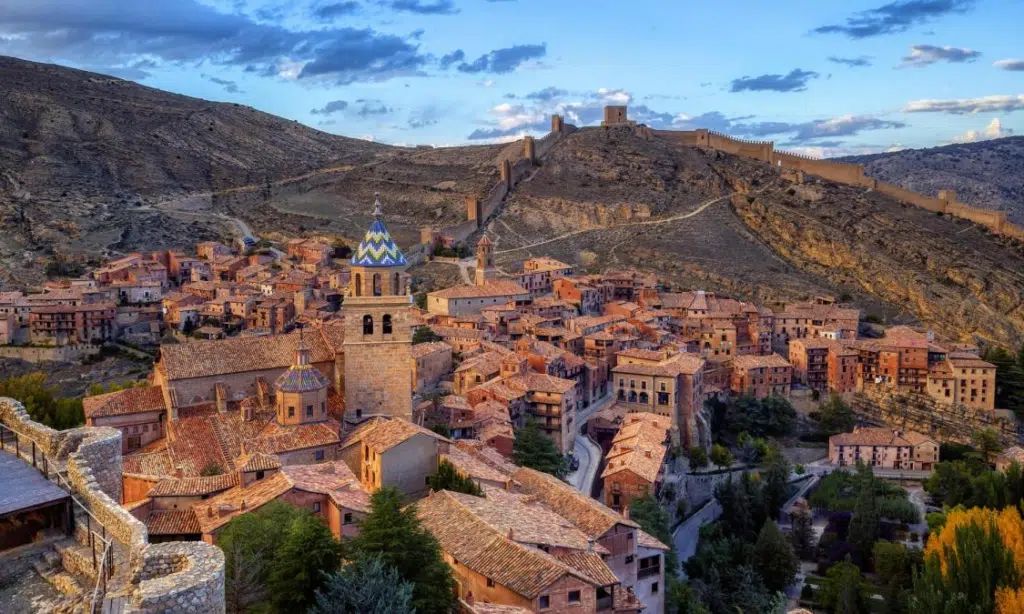
©Getty Images/iStockphoto
Albarracín, Aragon
Albarracín, a stunning and charming village in Aragon, Spain, is steeped in history and culture. Its name is a tribute to the Berber dynasty, the Banu Razin, which settled in this part of Spain around the 9th century. Perched within a rocky canyon on the hills above the Guadalaviar River, this village is home to approximately 1,000 people. Despite much of the isolated mountain town being destroyed during the Spanish Civil War, the government has painstakingly restored many of the village’s 11th- and 12th-century homes, a testament to its commitment to preserving its history. Albarracín proudly showcases both Moorish and Catholic influences, with its narrow, cobbled streets, a Gothic cathedral known for its intricate carvings and stained glass windows, the ruins of a Moorish alcazar with its strategic location and architectural grandeur, and pieces of a 10th-century curtain wall. The village’s beauty and historical significance were underscored when some Spaniards voted it the most beautiful in Spain, a testament to the deep-seated love for this ancient village.
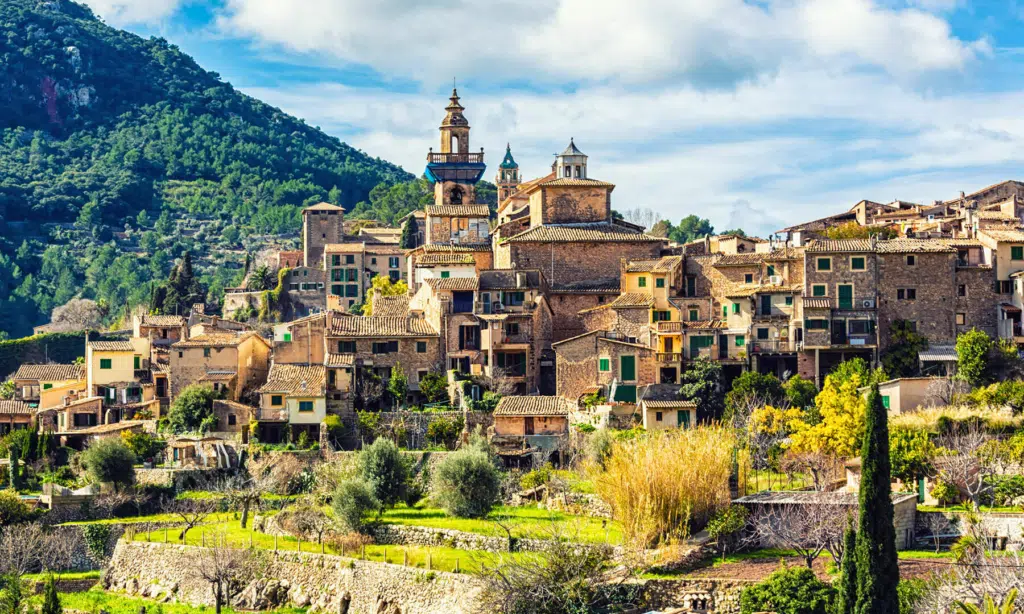
©querbeet/iStock
Valldemossa, Palma de Mallorca
It makes sense to begin our list of the most beautiful villages in Spain with one of the most popular tourist destinations in the Balearic Islands – Valldemossa. It’s the sort of place where you can sit back and soak up the scenery. That’s not to say there isn’t much to do here, though. There’s the 13th-century monastery where Polish composer Frederic Chopin and his partner (the French writer Amantine-Lucile-Aurore Dupin, better known by her pseudonym of George Sand) stayed briefly. He composed several works this winter, including his second Ballad and his third Scherzo. You can learn more about their life (and stand in the same room where the piano is played) in Valldemossa, at the village museum dedicated to the couple. Alternatively, head down to the water for some fresh seafood and a stroll along the pebble beach, where you can admire the high mountains of the Sierra de Tramuntana.
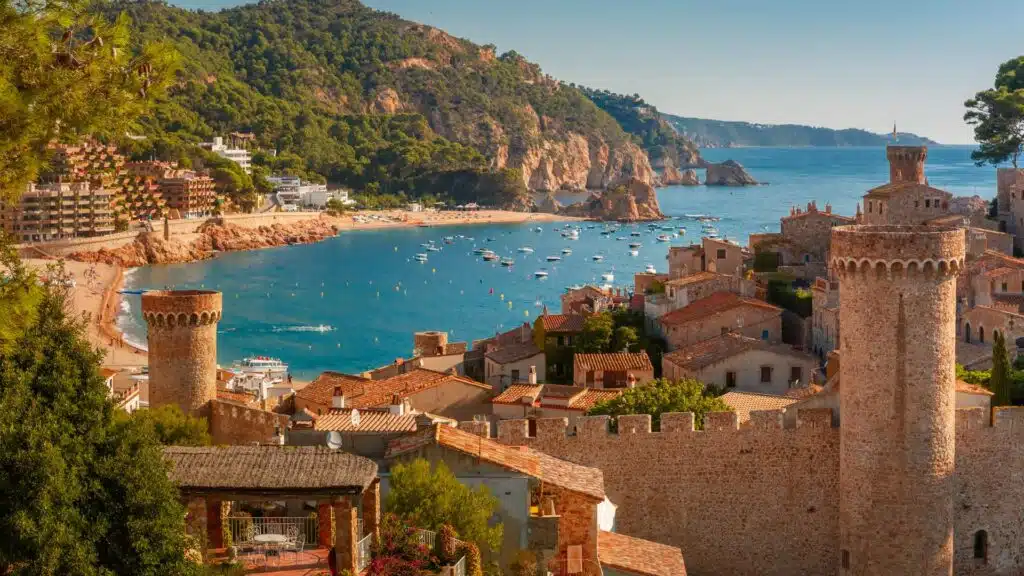
©KavalenkavaVolha/Getty Images
Tossa de Mar, Catalonia
Tossa de Mar in Catalonia, Spain, is another charming village with beaches, coves, a historical walled enclosure called Villa Vella, a Gothic-style church, and a lovely fishing neighborhood called Sa Roqueta. It’s a great place to visit to experience a coastal medieval fortress, where you can walk along the ancient walls, enjoy panoramic views of the Mediterranean, and enjoy a unique getaway that includes exploring the village’s rich history, relaxing on the beaches, and savoring the local cuisine.
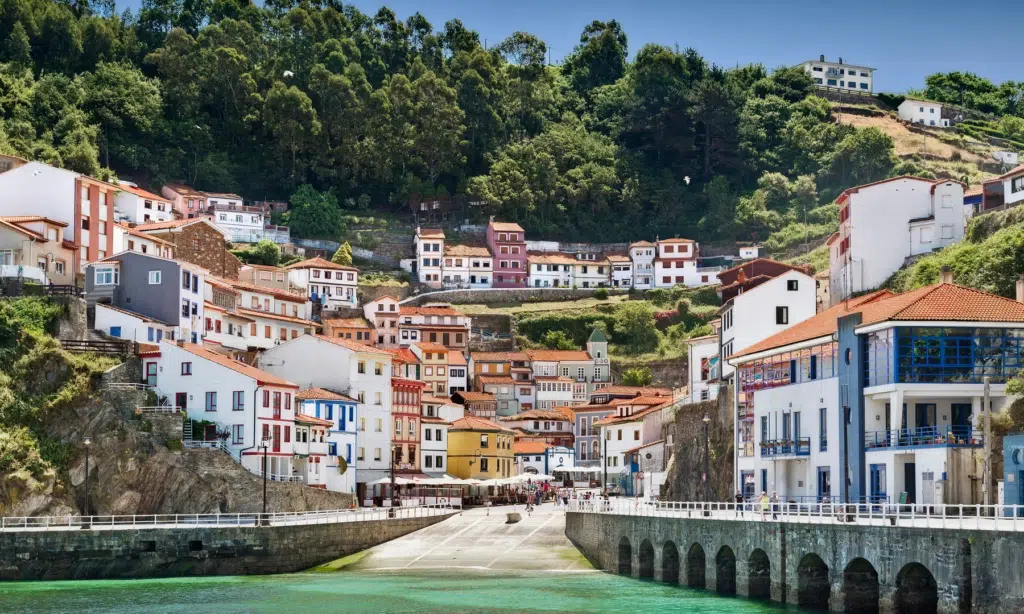
©Getty
Cudillero, Asturias
To preserve the culture of your seaside village and prevent it from being diluted by second-home owners, refrain from using words like Ocado, Range Rover, or Dryrobe. In Cudillero, Pixueto is spoken, a language closer to Norse than Spanish, which is evidence of the Viking influence and a testament to the village’s rich cultural heritage. Stay at La Casona de Pio and experience Cudillero’s coastal beauty. Explore Silence Beach (Playa del Silencio), stroll the promenade around Puerto Pesquero, and discover the dramatic coastline and cliffs at Cabo Vidio. The village of Albarracín, built on the side of a mountain, offers peculiar hanging houses and is surrounded by areas with cave paintings.
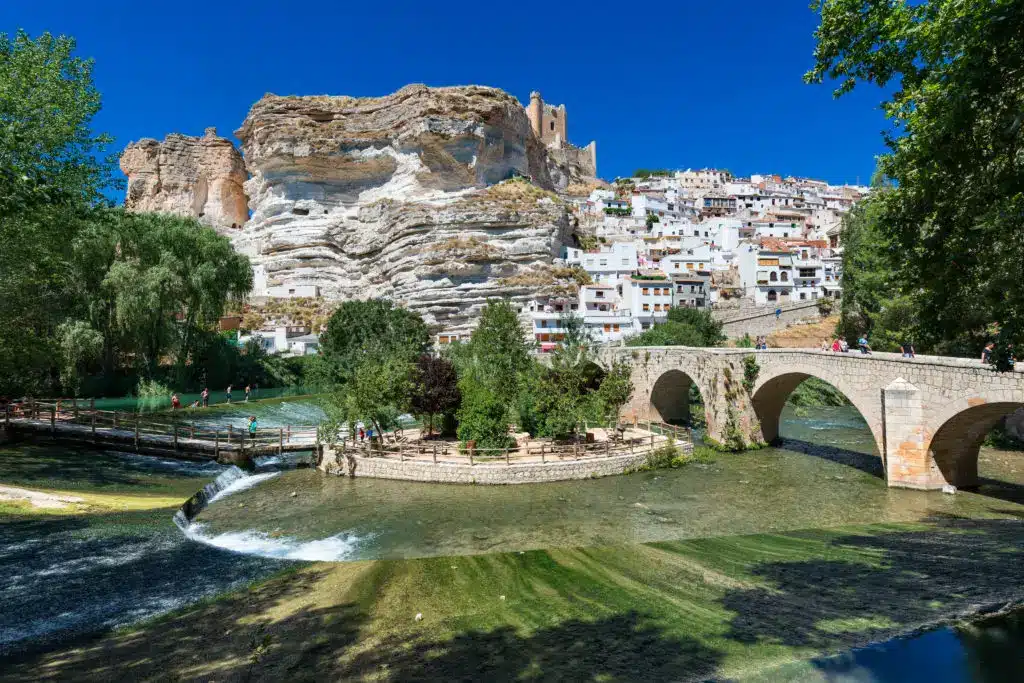
©Por Turismo Castilla-La Mancha
Alcala del Jucar, Albacete
The Rio Jucar rises on the rocky slopes of the Sierra de Valdeminguete, flows south until La Roda, then swings east, running fast and shallow through the limestone tablelands, the bridges getting more expansive as the valley goes deeper. From Alcozajeros, the old Arab road runs alongside, narrow, dangerous, and beautiful. And then it reaches Alcala del Jucar. Here, the rocks are layered like millefeuille, honeycombed with caves, and topped with the Moorish fort named after the town. To see the staggering scale of the town’s cave system, see Juanjo Martinez Garcia at the Cuevas del Diablo (cuevasdeldiablo.com).
Potes, Cantabria
Potes lies at the confluence of the Rios Bullon, Deva, and Quiviesa, and as any witch knows, any meeting of waters generates powerful magic. East of the Picos de Europa nature reserve, 90 minutes drive southwest of Santander, this mellow medieval village is at its most gorgeous in autumn, when the leaves are turning, the walnut harvest has begun, and, while the days are still warm, the nights are cool enough to justify a shot or two of aguardiente de orujo. The cuisine here also suits autumn — especially the cocido leaning, an enormous selection of chickpeas, potatoes, beef, chorizo, and black pudding. Stay in the Hotel Valdecoro, which has modern rooms with mountain views.
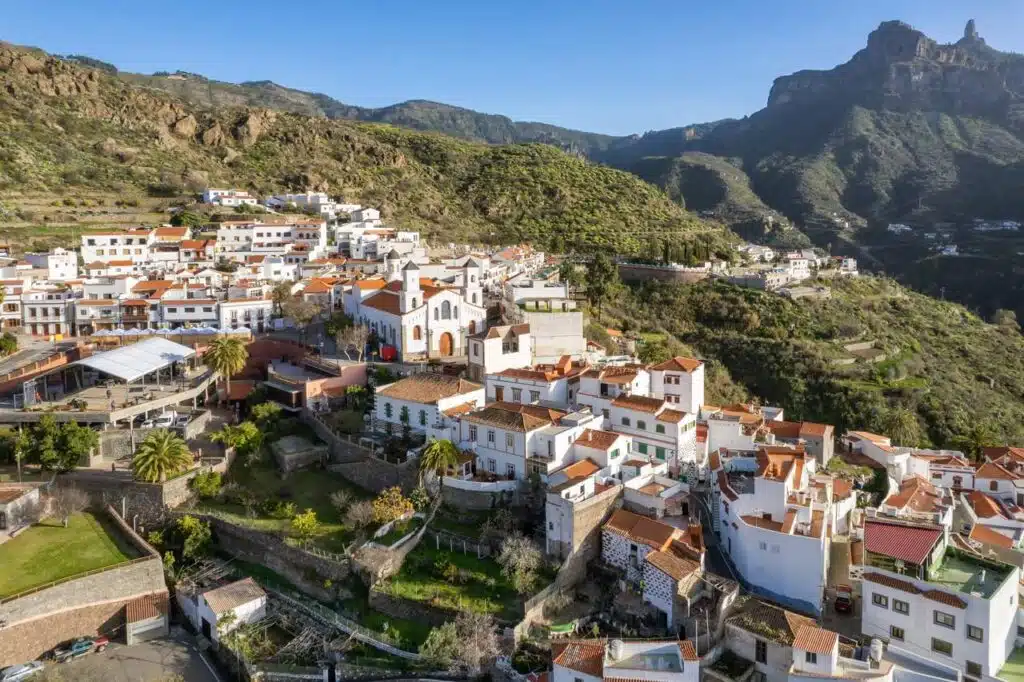
© 2023 Mazur Travel/Shutterstock
Tejeda, Canary Islands
Tejeda is a town located in a large volcanic crater in the Canary Islands. It boasts stunning scenery, including the iconic Roque Nublo, a monolith created during the volcanic processes that shaped the island, and the nearby Roque Bentayga, a prominent natural monument once a sacred place for the native people of the Canary Islands. The town’s historical aesthetic, with its white buildings and traditional roofs, perfectly complements the beautiful natural backdrop, preserving the aesthetics of the Canary Islands villages.
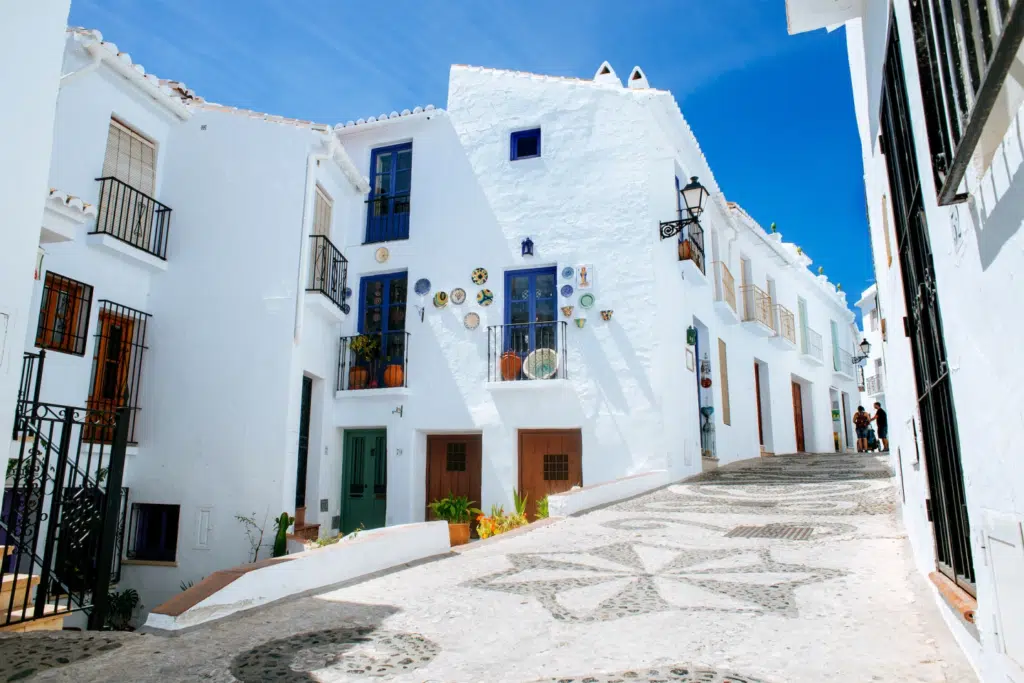
Frigiliana, Andalucía
This Mediterranean mountain village, Frigiliana, is like a seaside town in the Greek Islands but in Andalucía; that’s why we have listed it as one of the most charming villages in Spain. It’s on the southern Costa del Sol and has beautiful views of the sky and water. At the top of the “El Fuerte” hill, you can see the white village and the Castillo de Lizar, an old Moorish castle. In the old quarter of Barribarto, many shops were selling local crafts. Every August, the town has the Festival of Three Cultures, celebrating Christian, Muslim, and Jewish traditions with special menus, food stalls, and cultural performances.
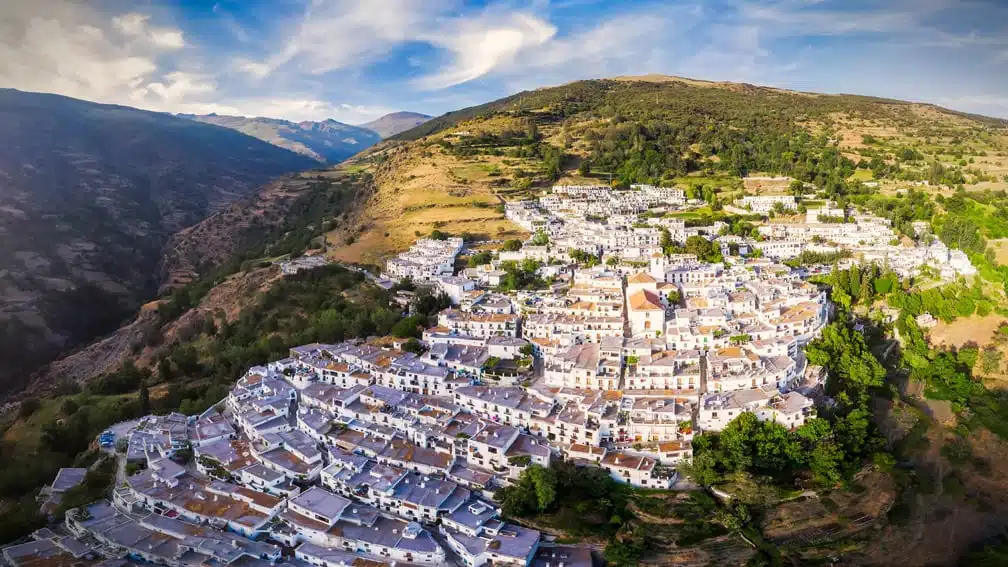
©
Capileira, Andalusia
Nestled in the Poqueira ravine, between the Mediterranean coast and the Sierra Nevada, Capileira stands out for its unique charm, typical of the villages along the Alpujarra route.
Capileira matches the distinctive image of the villages of the Alpujarra of Granada, with houses adapted to the uneven terrain and local climate and built around narrow streets bearing relics of its Moorish past. These are cubic houses, generally with two floors and covered with a flat roof. The town center features the Pedro Antonio de Alarcón Ethnological Museum, which shows the popular customs of the Alpujarra, and the 18th-century church of Santa María la Mayor.
Cadaqués, Catalonia
Cadaqués is a picturesque white village in Spain on the Mediterranean rocky coast. It is an integral part of the Cap de Creus Natural Park. It is exclusively accessible through a narrow road, preserving its old charm impeccably. Known for its significance in Salvador Dalí’s artistic development, the town proudly displays a sculpture of the painter in the town center facing the sea. The town’s cobblestone alleys, stairs, and Cuban-inspired houses exude a unique and captivating charm. Walking along the rocky shoreline offers a breathtaking view of the white town and the vibrant boats on the beachfront. Located approximately 21 miles south of the French border, Cadaqués is nestled between a bay adorned with boats and rugged mountain peaks. Over the years, the town has been the residence of renowned artists such as David Hockney, Marcel Duchamp, Henri Matisse, Picasso, and Salvador Dalí, infusing the town with an enduring artistic aura. Visitors are encouraged to explore the Dalí House-Museum and savor a delightful lunch at L’Hostal, adorned with framed photos of Duchamp and Keith Richards.
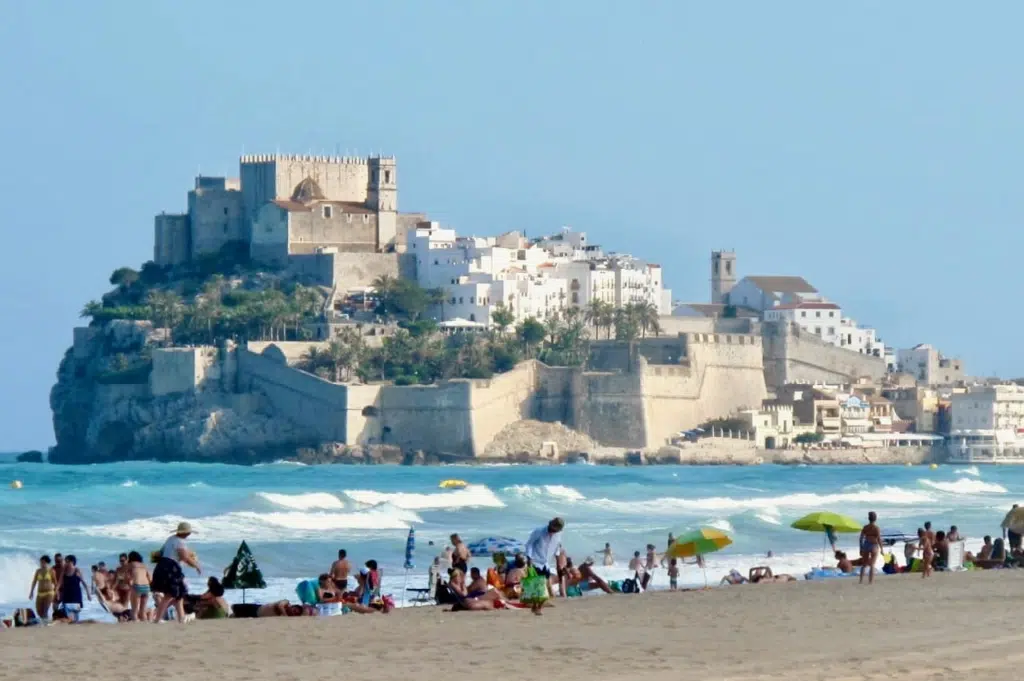
©Velvete Escape
Peñíscola, Castellón
France has Mont Saint-Michel, Italy has the Castello Aragonese d’Ischia, and Spain has Peñíscola, a fortified town rising dramatically from the sea on the country’s east coast. Inside its walls is a 14th-century castle and former papal residence built by the Knights Templar on the foundations of a Moorish citadel. The castle offers breathtaking views of Castellón’s coastline and the Serra d’Irta mountains. After exploring the atmospheric streets and spotting filming locations for “Game of Thrones” and other Hollywood series, you can relax on the beach with a different view of the medieval fort town.
Morella, Castellon
Morella is a remarkable example of a Gothic city, designated as a Site of Cultural Interest. Built in the 14th century, it features a castle, medieval walls, notable churches, and significant civil architecture. The city offers essential experiences like walking through its streets and admiring the medieval aqueduct. Additionally, two highlights in the municipality are the cave paintings of Morella La Vella and the shrine of La Virgen de Vallivana.
The conclusion
Spain is home to countless charming villages, particularly in rural areas. These picturesque places invite you to wander through their narrow streets, uncover their architectural gems, and immerse yourself in the warm atmosphere and traditions of the local people. With over 8,000 municipalities, it’s impossible to list them all. This list features 16 villages that are members of the association “The Most Charming Villages in Spain.” Do you have any favorite villages in Spain?
Take a look at
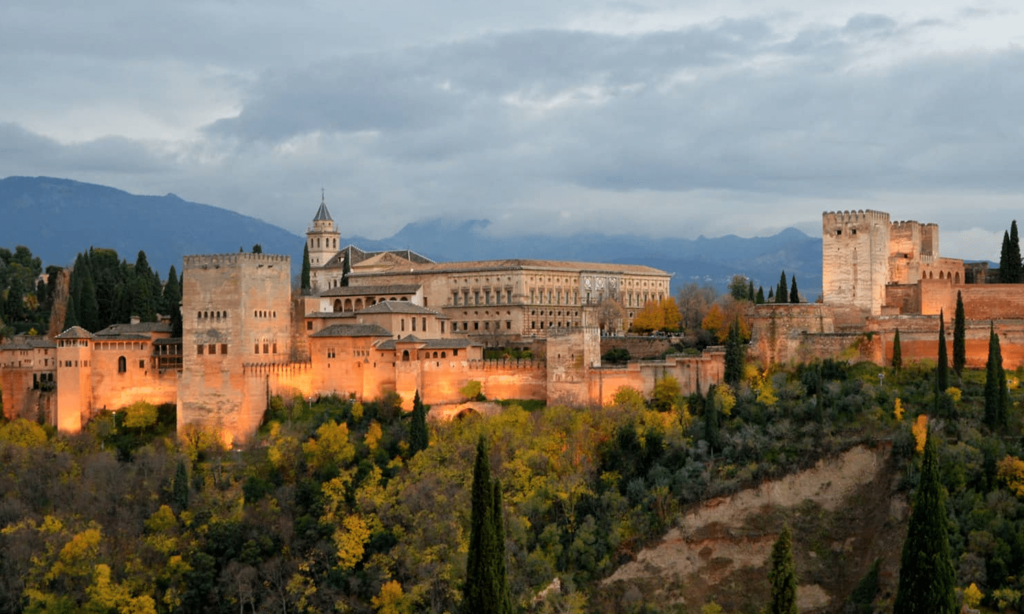
Things to do in Granada
The Things to Do in Granada article will show you some top things to explore in this magnificent Andalusian city.
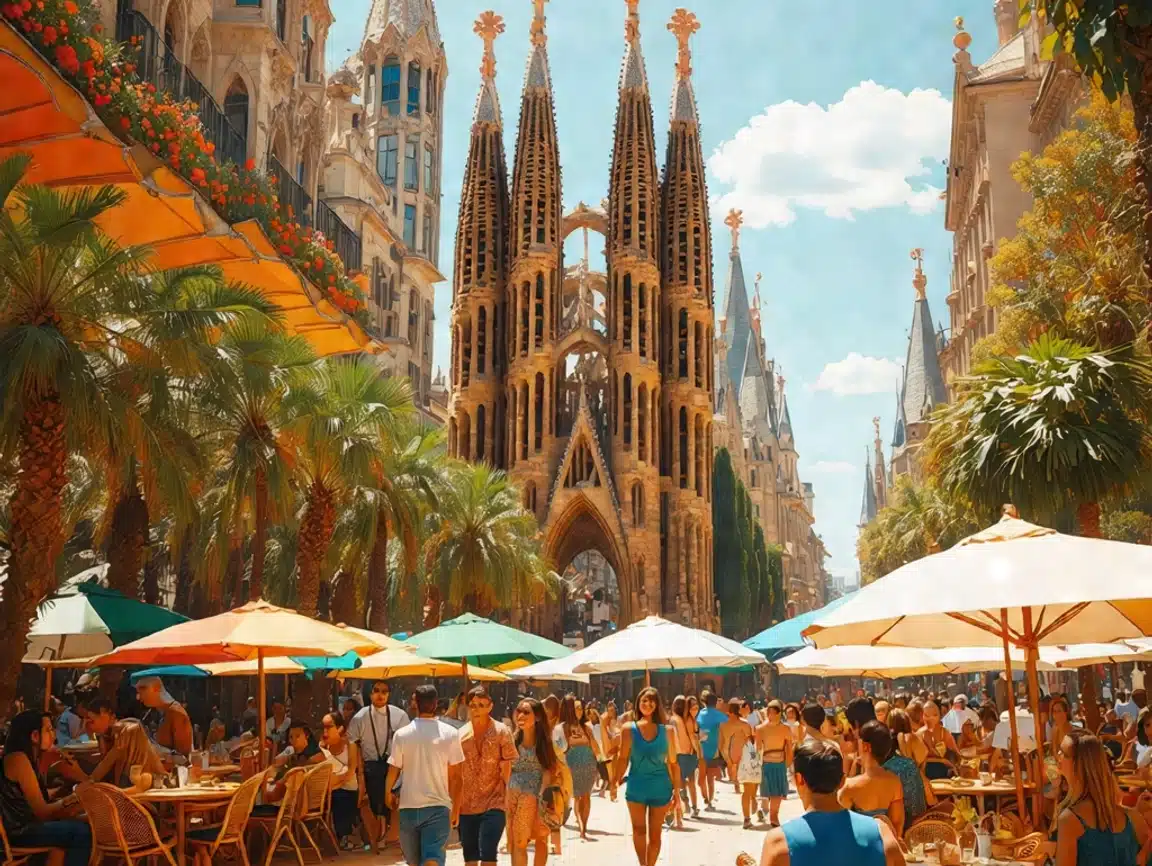
Charming guide to Barcelona
Charming guide to Barcelona This Charming guide to Barcelona will reveal the essence of this magnificent city, its significant attractions,

Short Madrid travel guide
Madrid is an exciting city that shows how to enjoy life. If you are thinking about visiting, check out our
References and sources:
Photo credits:
Feature photo credits: KavalenkavaVolha/Getty Images

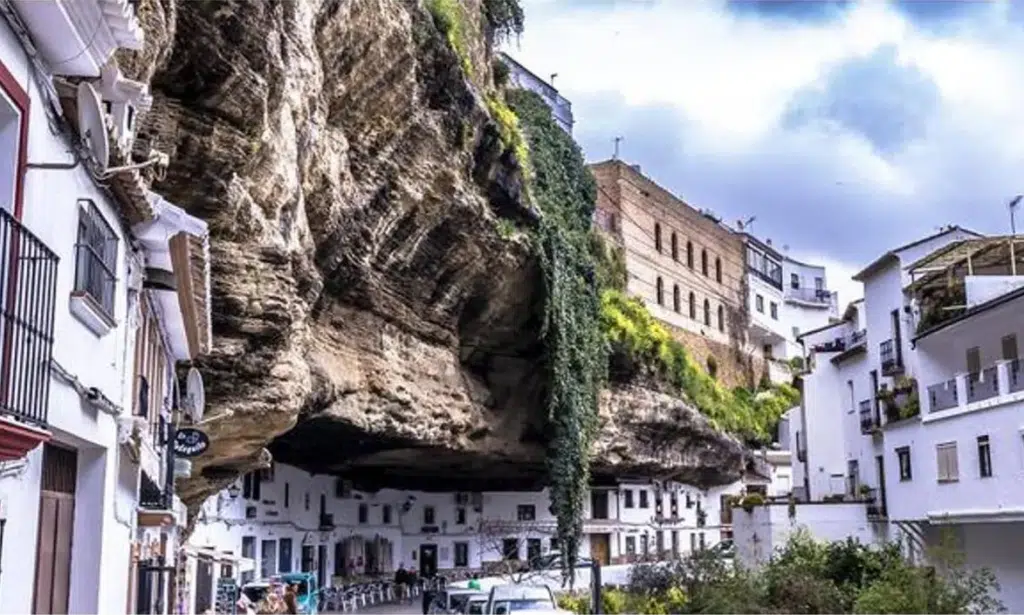

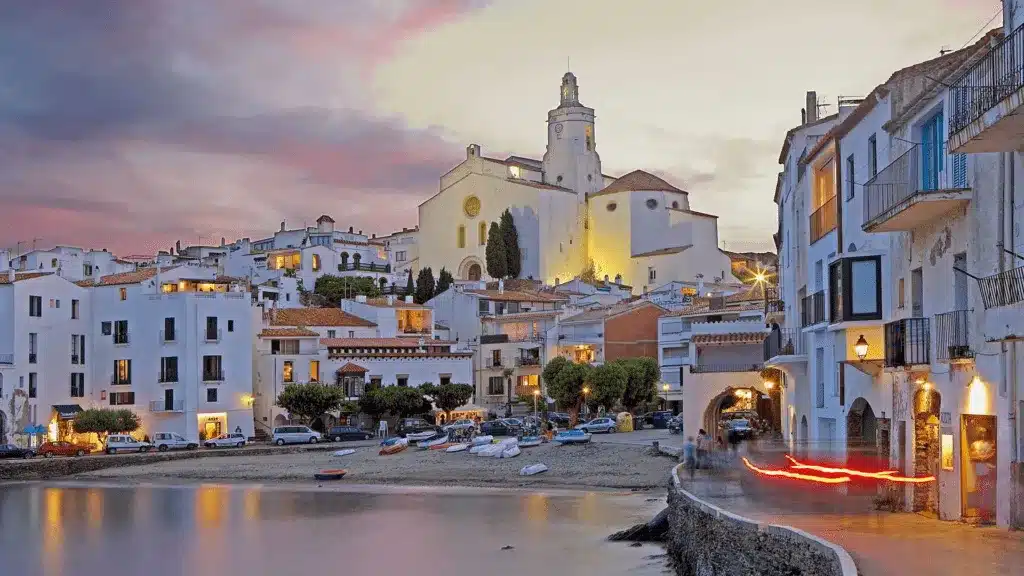
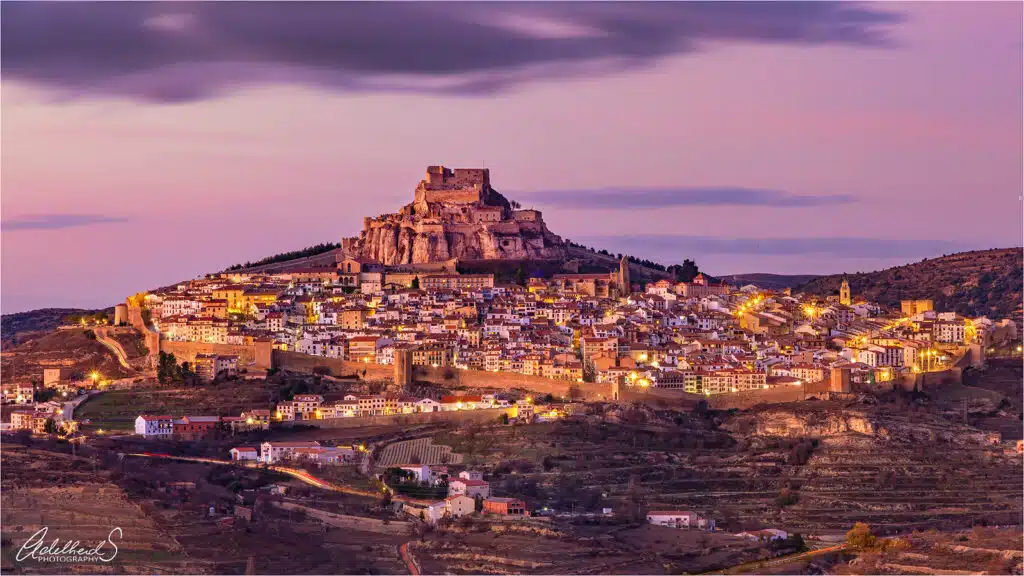
Comments are closed.